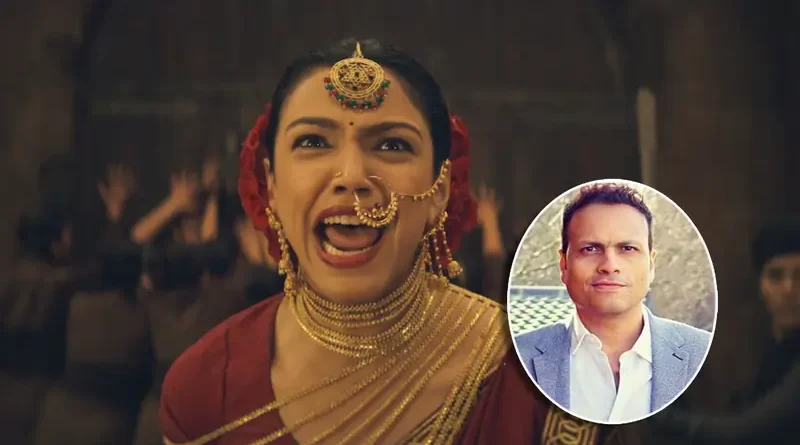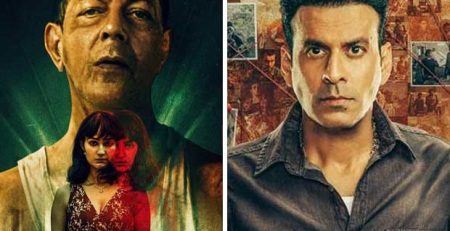How Gopi Puthran went from ‘Mardaani 2’ to ‘Mandala’ mayhem on Netflix
Share this post
YRF Entertainment’s Mandala Murders has officially gone global. After topping the Netflix India charts, the psychological crime drama has now barged into the global top 10 list for non-English series on the platform. And no, it’s not your typical whodunit. It’s layered, chaotic, and deeply original. At least that’s what its creator Gopi Puthran set out to deliver.
“Originality of imagination has been the cornerstone for content that breaks out,” says Gopi, who previously helmed the hard-hitting Mardaani 2. “If you look at Mardaani to Mandala Murders, I have tried to do something new and I have been empowered to push the envelope with every single project at YRF. I’m delighted with the response that Mandala Murders is getting from the audience.”
There’s a sense of playful madness to the structure of Mandala Murders. The narrative doesn’t walk a straight line. Instead, it wanders, teases, misleads, and questions everything from reality to the supernatural. Gopi wanted it that way. “From being the No 1 trending show on Netflix India, to our hitting the global charts on the platform, Mandala Murders is off to a great start and it makes all of us very, very happy. I wanted to create a binge-able, mind-bending, genre-defying series. It was risky and very ambitious and I’m very happy to see the initial response.”
Gopi’s taste in storytelling leans toward psychological clutter. He is the kind of viewer who wants a narrative to mess with his mind. Shows that blur the line between logic and lunacy. “I’m a big fan of dark, moody crime dramas that leave you on the edge of what is real, what is imagination and what is occult if it exists in today’s world,” he says.
Gopi
Mandala Murders (Source: Netflix)
His inspirations include True Detective, The Sinner, Twin Peaks, and Sharp Objects. All shows that challenge perceptions, that leave questions unanswered, and that relish discomfort. Gopi says, “These are an exploration of how the mind can push people to the edge of belief and disbelief and if Mandala Murders is doing that to audiences in India with a story and a concept that’s rooted in India and our culture, it is truly delightful.”
What’s striking is how the series doesn’t cater to the need for a “neat” resolution. It forces the viewer to engage, speculate, and live in the uncertainty. That may not work for every viewer, but the ones it does hook? They binge it all night.
YRF, known more for its romantic blockbusters and sleek thrillers, has clearly taken a detour into stranger territory. And Gopi Puthran seems like the perfect helmsman for that. He’s not interested in playing safe or repeating success formulas. In Mandala Murders, he tries to bottle lightning — spinning a story that is unapologetically odd and deeply rooted in Indian ideas of fear, mythology, and unresolved trauma.
Streaming success might look like an algorithm win, but Mandala Murders didn’t go viral by accident. Its unusual tone, jagged plotting, and eerie visuals have caught the attention of a global audience that’s used to more polished thrillers. This one breaks the rules, and that has clearly worked.
India Forums reviewed Netflix’s Mandala Murders. An excerpt from Kunal Kothari’s review of the show read,
“Some shows whisper mystery into your ears. Mandala Murders screams it while throwing yantras, cult chants, ritualistic corpses, and dramatic monologues at you with wild theatrical flair. It wants to be the next obsession on your streaming list, the kind you binge and then discuss in conspiratorial whispers at dinner parties. But about halfway through, you realise this party has no music. Just guests in elaborate costumes explaining their trauma through riddles and ancient prophecy.”












Leave a Reply